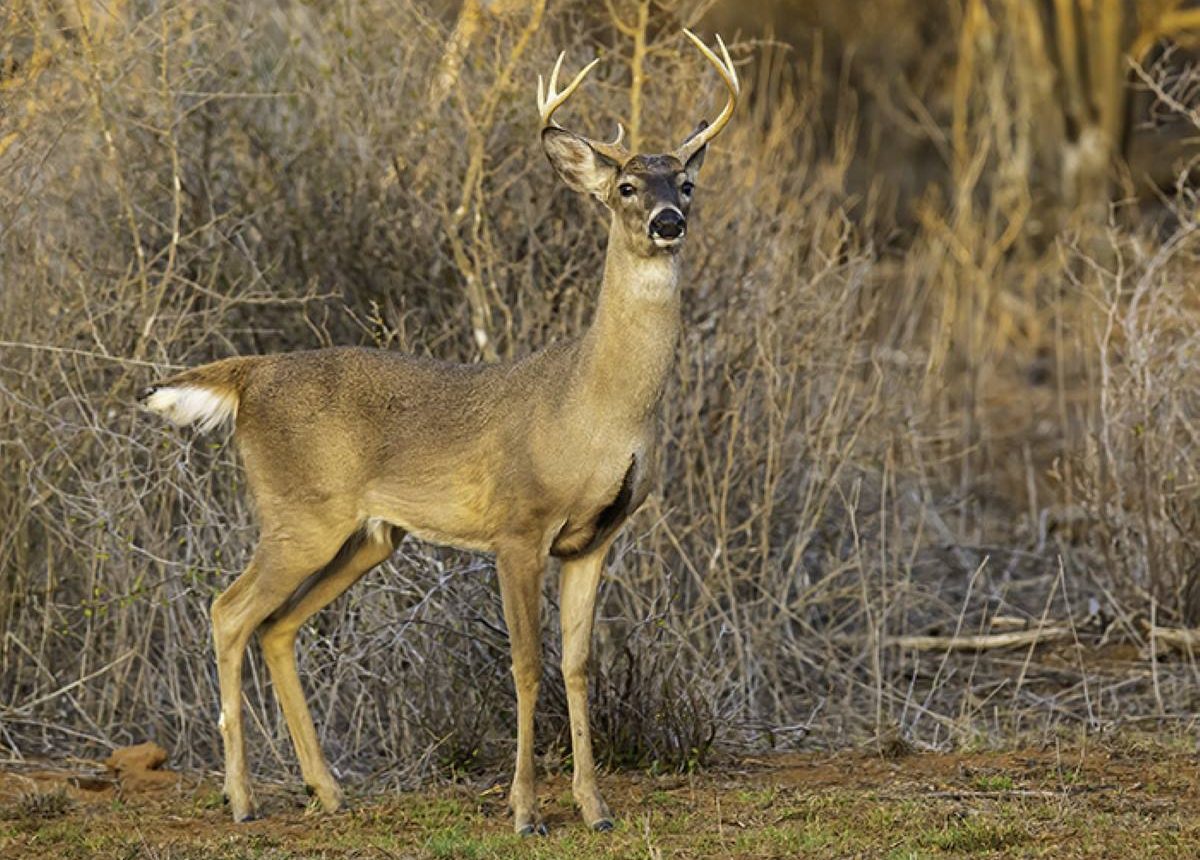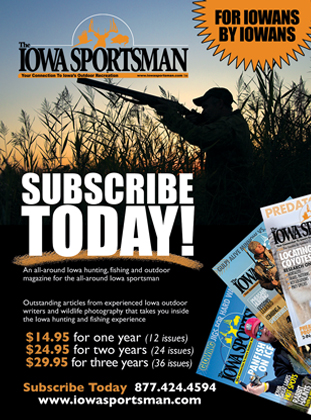The Early Season Advantage: Whitetails 365

For Iowa bow hunters, early autumn marks the anticipated start of the opening day. It’s time to go hunting, and the excitement is at an all-time high! We can finally return to the timber or food plots as the official start of the season is finally here.
Getting ready for a successful bow season, especially those exciting first few days, really hinges on pre-season scouting. Those first few days of the season are incredibly precious because that patterned buck is likely still following his summer habits. This short period is a golden opportunity to take advantage of his predictability.
**Scout! Scout! Scout!**
Before you even think about nocking an arrow, you’ll want to meticulously piece together the daily lives of the deer you’re hoping to find. Do this now so you’re ready when October 1 rolls around. Knowing their favorite bedding spots, what food plots they’re visiting, and even water sources they use, will help you figure out what trails they are using frequently. Remember, as of right now, they are still somewhat creatures of habit. This detailed knowledge helps you guess where they’ll be moving, find those perfect ambush points, and ultimately, get yourself into a great position for a clean shot.
One of the coolest things about putting in the effort with early-season scouting is the amazing chance it gives you to really get a feel for a particular buck’s routine. In late summer and very early fall, a lot of those big bucks tend to stick to predictable schedules. They’re usually focused on eating as much as they can, often visiting specific green soybean fields, alfalfa patches, corn, or natural browse areas at the same time each day. If you can spot and confirm this kind of pattern with trail camera photos, your own observations, and by finding fresh rubs or scrapes, you’ve got a huge leg up\! But remember, this special window doesn’t last forever.
Today, it’s easy and convenient to rely solely on your trail camera for data. Don’t underestimate other ways of finding bucks. In the evenings, take a drive around the roads bordering your hunting area. You might pull your truck into a secluded corner of an alfalfa field and sit quietly, just watching as deer trickle out to feed. Or you could simply park on the side of a road next to a soybean field, binoculars in hand, observing how deer enter and exit, and which parts of the field they prefer. This combination of trail camera photos and real-time visual scouting paints a much clearer picture of the deer’s movement. This continuous gathering of information helps you adapt your strategy on the fly.
**Get Your Stand Set**
If you’ve done your homework, you can set up your stand perfectly along a well-used trail, near a favorite food source, or overlooking a bedding area, knowing with a pretty good hunch when and where that buck might show up. The trick is to move quickly and smartly, keeping your disturbance to a minimum while boosting your chances of an encounter. You might even go in and do a “hang-and-hunt” setup in the early morning before the sun is up, or early afternoon. Just make sure the wind is in your favor. If you do hang a stand and then hunt it, you will have worked up a sweat in the warm October temps.
All the scouting and patterning in the world can be undone by one crucial factor: wind direction. A deer’s nose is an incredibly powerful tool, estimated to be 1,000 times more sensitive than a human’s, with up to 290 million olfactory receptors compared to our mere 5 million. They can detect the faintest traces of scent from hundreds of yards away, and that includes your human odor. This means that even if you’ve perfectly predicted a buck’s movement, if your scent is blowing towards him, he’ll likely detect you long before you ever see him. Always, always, always check the wind before heading to your stand, and choose a location where your scent will be carried away from where you expect deer to approach. Hunting with the wind in your favor isn’t just a suggestion; it’s an absolute necessity for success in bow hunting.
Along those lines, use a solid scent-control routine. Whether it’s detergent, clothing storage, sprays, deodorants, ozone, cover scents, or something else, try to have a plan for when the wind changes and swirls. All these products can help you out if the wind changes. Either they smell you and think you’re far away because you’ve used your scent-control, or the products help, and they aren’t sure what they’re smelling. Either way, a little scent control can help buy you a little time if there is a swirling wind.
**Changing of Patterns**
Deer, for all sorts of reasons, are masters of adapting, and their routines are not set in stone. As the season rolls on, the landscape changes, and so do their needs, often leading to some big shifts in their behavior. For whatever reason, whether that is human intrusion, biology, or nature progressing towards fall, their patterns change. When crops mature and get harvested, that’s a huge game-changer. Farmers harvesting corn pull in new bucks who are feeding on the kernels of corn left on the ground by the combine. Likewise, more farm activity, like fall applications or planting cover crops, can mess with their usual routes and send them looking for quieter places. Maybe the biggest natural shift happens when acorns start dropping. When those acorns hit the ground, especially white oak acorns, deer will often completely ditch their agricultural food sources to feast on this highly preferred mast crop.
These environmental changes cause deer to switch into what we hunters call a “fall pattern.” This new pattern is usually a bit trickier to predict than their early-season routine, as it’s influenced by a wider variety of food sources, more pressure from other hunters, and the subtle beginnings of the rut. That specific buck you’ve been watching so closely since August, the one you thought was a sure thing in that soybean field, might suddenly decide to move his home to a nearby timber block, a Native Warm Season Grass field, or even a different property altogether. He could vanish for a month, or even longer, making all your early-season intel pretty much useless.
**Seize the Day**
So, the bottom line is, you really can’t overstate how important it is to jump on those early-season scouting opportunities and the patterns they reveal. Do this before the season arrives so you are ready for those first days of the season; to get on that specific buck and seal the deal, this is often the absolute best chance you’ll get. Once he changes his ways, finding him again can feel like starting from scratch, requiring new scouting efforts, adapting to different food sources, and navigating the exciting (and sometimes frustrating!) complexities of the pre-rut and rut phases. Think of the early season as a sprint, not a marathon, and thorough scouting is your essential training to win that race!
By Aaron McKinney
September 2025
Here is Last months issue of Whitetails 365 if you missed it
Here is this month’s digital version of the Iowa Sportsman
Here is the Cattle/Dairy side of things

